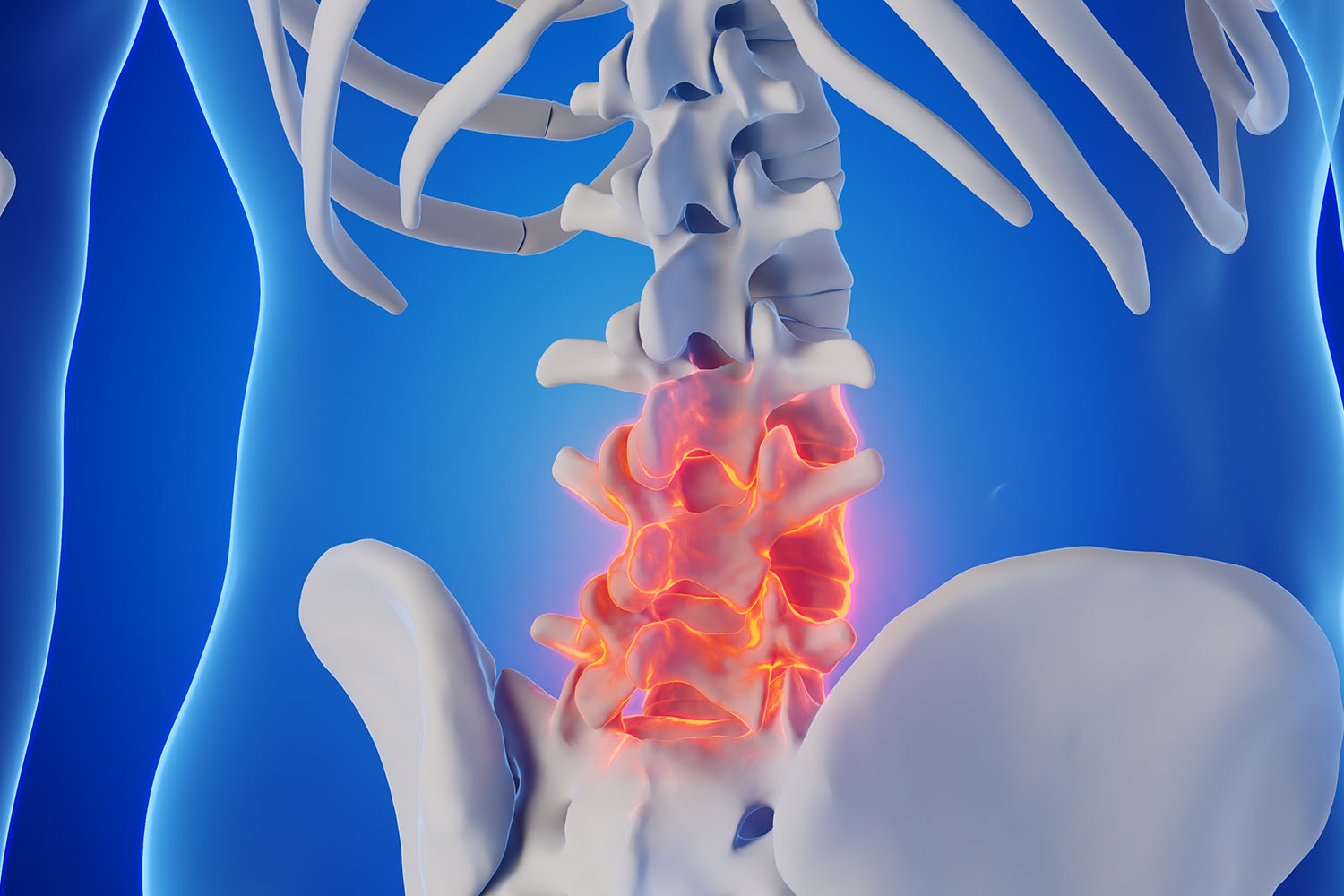Overview
Chronic pain can be debilitating, significantly impacting your daily life. If you’ve exhausted conservative treatment options for pain, a rhizotomy might be a potential solution. This minimally invasive procedure targets specific nerves to offer targeted pain relief. Let’s delve into the world of rhizotomy, exploring its applications, international research on its effectiveness, and what to consider before undergoing this procedure.

Understanding Rhizotomy
A rhizotomy is a surgical procedure that disrupts the pain signals traveling along specific nerves. There are several ways to achieve this disruption:
- Radiofrequency ablation: Heat generated by radio waves damages the nerve, interrupting pain signals.
- Chemical rhizotomy: A chemical solution is injected near the nerve, achieving a similar effect as radiofrequency ablation.
- Surgical rhizotomy: In rare cases, a small portion of the nerve might be surgically removed.
The type of rhizotomy used depends on the location and nature of the pain.
International Research on Rhizotomy
Rhizotomy has been used for decades to manage various chronic pain conditions. International research supports its effectiveness in specific situations. Here are some examples:
- Spine Pain: A 2020 study published in Pain Physician investigated the use of rhizotomy for facet joint pain in the spine. The research found significant pain reduction and improved function in patients who underwent the procedure.
- Trigeminal Neuralgia: This debilitating facial pain condition can be effectively treated with rhizotomy, as reported in a 2018 study published in the Journal of Clinical Neuroscience. The study highlights the procedure’s ability to provide long-term pain relief.
- Headaches: Chronic cluster headaches can be particularly challenging to manage. A 2017 study published in Neuromodulation explored the use of sphenopalatine ganglion rhizotomy for this condition. The research suggests its effectiveness in reducing headache frequency and severity.
Considering Rhizotomy
Rhizotomy is not a one-size-fits-all solution. Consulting a pain management specialist is essential to determine if you’re a suitable candidate. They will assess your specific pain condition, medical history, and other factors to determine if rhizotomy is the right approach. It’s crucial to understand the potential risks and benefits of the procedure. While minimally invasive, rhizotomy carries some risks like infection, bleeding, and nerve damage. Additionally, the pain relief from rhizotomy might be temporary, and repeat procedures might be needed in some cases.
Rhizotomy offers a potential solution for individuals struggling with chronic pain who haven’t found relief with other treatments. International research highlights its effectiveness in managing various pain conditions. However, consulting a pain specialist for a personalized evaluation is crucial before considering rhizotomy. Remember, this blog provides general information, and seeking professional medical advice is essential for making informed decisions about your health.


